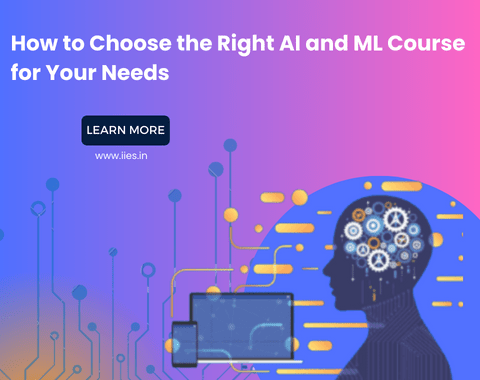
In today’s technology-driven world, Applied AI courses have gained immense significance. These courses bridge the gap between theoretical knowledge and practical skills, preparing professionals to solve real-world problems using Artificial Intelligence.
As the demand for AI expertise continues to grow, mastering the right tools becomes crucial for success. This blog explores the top 5 tools that can pave the path to success in Applied AI courses.
Applied AI courses go beyond the theoretical foundations of AI and delve into its practical applications. Unlike theoretical AI, which focuses on algorithms and concepts, Applied AI equips students with hands-on skills to tackle real-world challenges. These courses are highly relevant across various domains, including healthcare, finance, and autonomous systems.
Tools play a pivotal role in enhancing the learning experience in Applied AI courses. They enable students to apply their theoretical knowledge to practical scenarios, facilitating a deeper understanding of AI concepts. Familiarity with these tools also prepares professionals to excel in their careers, as AI tools are widely used in industry settings.
Python stands as the go-to programming language for Applied AI courses. Its simplicity, versatility, and extensive library ecosystem make it ideal for AI development. Jupyter Notebooks, on the other hand, provide an interactive and organized environment for coding, documentation, and visualization. With libraries like TensorFlow and PyTorch, Python empowers students to build and experiment with neural networks efficiently.
Data visualization is a critical aspect of AI. Matplotlib and Seaborn are powerful libraries for creating informative data visualizations. They enable students to explore datasets, understand patterns, and communicate their findings effectively. Whether it’s plotting graphs, histograms, or heatmaps, these tools simplify the process of data interpretation and presentation.
Machine learning is at the core of Applied AI, and Scikit-Learn is a versatile library for machine learning tasks. It provides many different classification, regression, clustering, and other techniques. Through Scikit-Learn, students can implement machine learning models with ease. Practical examples and code snippets help learners grasp complex algorithms and their applications.
Deep learning has revolutionized AI applications, and TensorFlow and PyTorch are leading the way. These deep learning frameworks provide tools and libraries for building and training neural networks. TensorFlow’s scalability and PyTorch’s flexibility cater to different AI projects. Whether it’s image recognition, natural language processing, or reinforcement learning, these frameworks empower students to create sophisticated AI models.
Data is the lifeblood of AI, and Pandas is the tool that simplifies data manipulation and analysis. It offers data structures and functions for cleaning, transforming, and analyzing data efficiently. Applied AI courses often involve working with real-world datasets, and Pandas equips students with the skills to preprocess data, handle missing values, and extract valuable insights.
To make the most of these tools, it’s essential to adopt effective learning strategies. Students should explore online courses, tutorials, and documentation related to each tool. Leveraging online coding platforms and collaborating with peers can further enhance their understanding. Practicing regularly and working on projects that apply these tools is crucial for skill development.
Success in Applied AI courses is best illustrated through real-world examples. Various individuals and organizations have achieved remarkable feats by mastering these tools. Case studies can showcase projects like image recognition, autonomous vehicles, and healthcare applications where the top 5 tools played a pivotal role in success.
Learning and using these tools may pose challenges for students. Whether it’s debugging code, understanding complex algorithms, or dealing with data issues, challenges are a part of the learning journey. Online communities, forums, and mentorship programs offer valuable support. Students can seek guidance, share their experiences, and find solutions to overcome obstacles.
In conclusion, the top 5 tools discussed in this blog are instrumental for success in Applied AI courses. Python, Jupyter Notebooks, data visualization tools, machine learning libraries, deep learning frameworks, and data manipulation tools empower students to turn theoretical knowledge into practical applications. These tools are not only essential for excelling in courses but also for building a strong foundation for a successful career in the field of Applied AI. Aspiring AI professionals are encouraged to embrace these tools, invest time in learning and practice, and continue their journey of AI mastery. You are in charge of the direction of AI!
Indian Institute of Embedded Systems – IIES